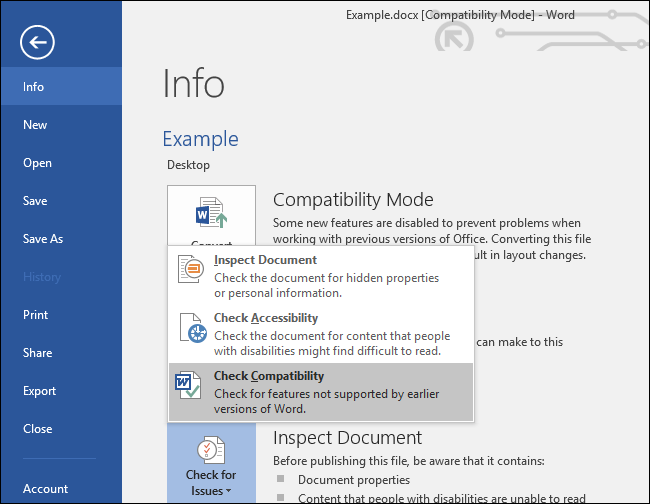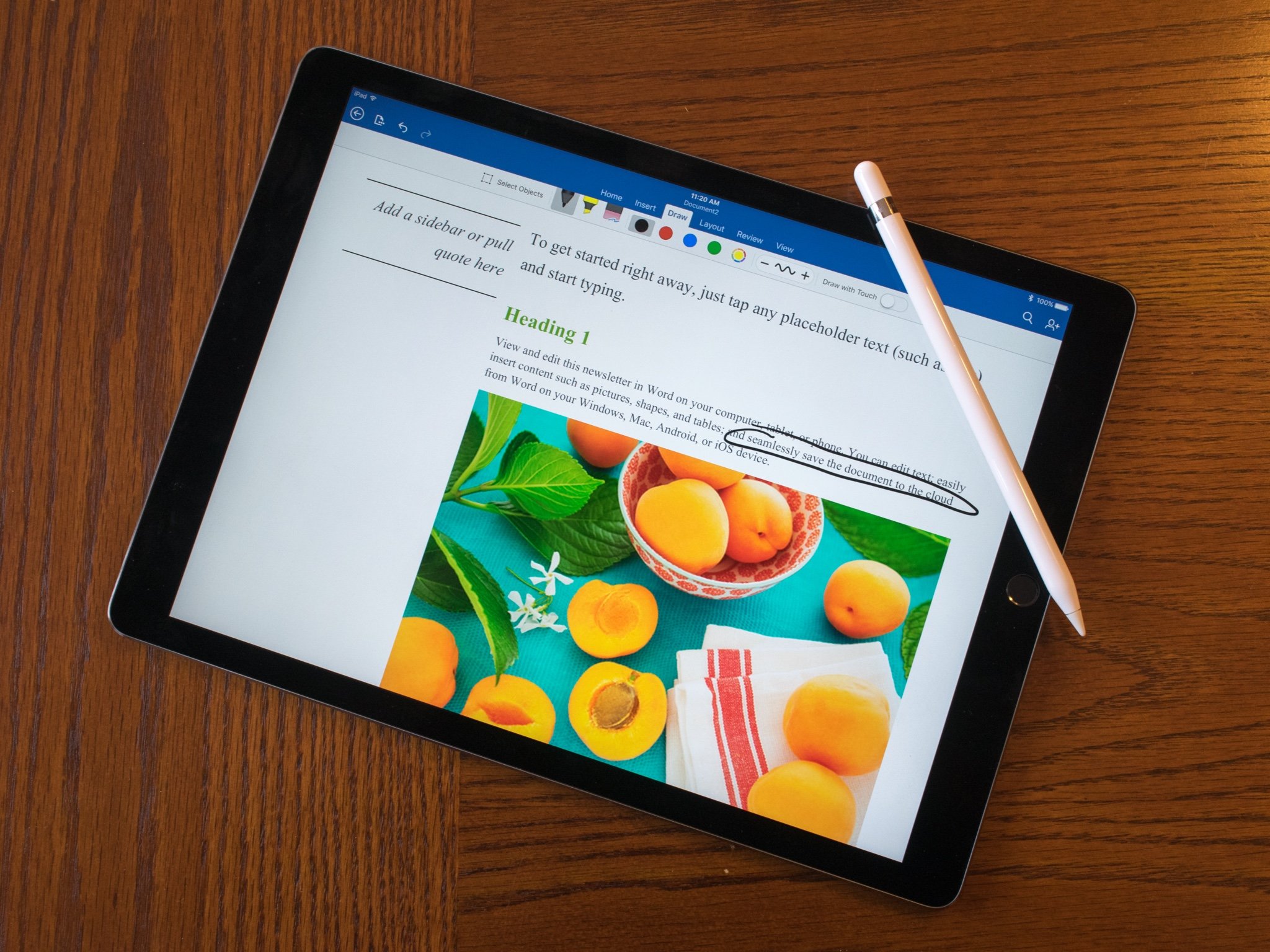Word Support For Mac
In Word 2004 for Mac OS X, support of complex scripts was inferior even to Word 97, and Word 2004 does not support Apple Advanced Typography features like ligatures or glyph variants. [75] Bullets and numbering [ edit ]. MacBook Air Support. All the topics, resources, and contact options you need for MacBook Air. Use Microsoft Word for the best word processing and document creation. Find out how document collaboration and editing tools can help polish your Word docs. Word 2010 and 2007 for Windows and Word 2011 for Mac Select the text you want to justify. From the Home tab, click the Justify icon ( ) in the 'Paragraph' group *. MS Office 2011 for MAC has problems with Arabic BUT PowerPoint does support Arabic, Word does not by default but I found a solution to make it accept Arabic writing. Excel does not support Arabic yet.
In our example, we'll search for a flyer template. You can also use the search bar to find something more specific. 
Automatically back up photos from your Mac or PC, connected cameras and SD cards. Windows 7 + Mac. MacOS 10.9 +. Get the Google Photos app to back up and view photos on your Android and iOS devices. Photo app for google photos macbook. You can’t simply drag your photos directly from the Photos app on your Mac into Google Photos on the web. First, you’ll need to export the photos from the Photos app. Step 1: Select the images in the Photos app for Mac that you wish to copy to Google Photos.
While it might seem like a bit of a hassle, adding support for the Arabic language on your Mac is a simple, straight-forward process. This is a quick guide to adding the Arabic keyboard to Mac OS X, as well as the softwre to use in order to open and edit office documents in Arabic.

Word Support For Mac
Add the Arabic Language and Keyboard The first step is to add a foreign keyboard, and that can be easily achieved via the System Preferences: • Click on the Apple logo on the top-right corner, and open System Preferences • Under the Personal group, select International • Go to Input Menu, check Keyboard viewer, scroll through the languages, and select Arabic. Languages' menu You will notice that your Mac OS X’s native language flag has appeared on the bar across the top (for example, USA flag for US English). In order to start typing in Arabic, simply click on that flag, and select Arabic from the menu that appears. If your keyboard does not have the Arabic alphabet printed on, you can select “Show keyboard” from the flag menu for access to a visual keyboard then you can use your mouse clicks to type. Of course, it is an inconvenience, and you are much better off either getting the letters printed on, attach transparent stickers with the Arabic letters on the keyboard buttons, or purchasing and attaching an external USB keyboard. Opening and Editing Arabic Office Documents Many Mac users choose to install Microsoft Office for Mac (the latest of which is the 2008 edition) to use programs such as Word, Excel, or Powerpoint. Aside from the fact that it is yet another Microsoft product with stability issues and unexpected flaws, the software bundle has an attractive and intuitive interface, and helps make you productive and efficient.
Is gifted program good for kids. The only major disadvantage, however, is the lack of support for Arabic. This means that you cannot even open a.doc file, for example, that is written in Arabic. Download OpenOffice.org There are two main office bundles that can tackle this problem: Apple iWork (with Arabic support), and OpenOffice.org. The former could be quite pricey and does not necessarily offer the smoothest transition from its Microsoft counterpart. The latter, on the other hand, is free and open source. Even if OpenOffice.org, it remains a convenient solution as it sits comfortably side-by-side with Microsoft Office without consuming much space or resources in general. Thus, this is how you can install and configure OpenOffice.org to work as a supplement: • Go to and download the installation file • Install OOo on your local machines and move it to your Applications folder • Open OOo and go to the Preferences menu • Under Language Settings, select Languages, check Enabled for complex text layout (CTL) • Select Arabic (Egypt) from the CTL drop-down list.